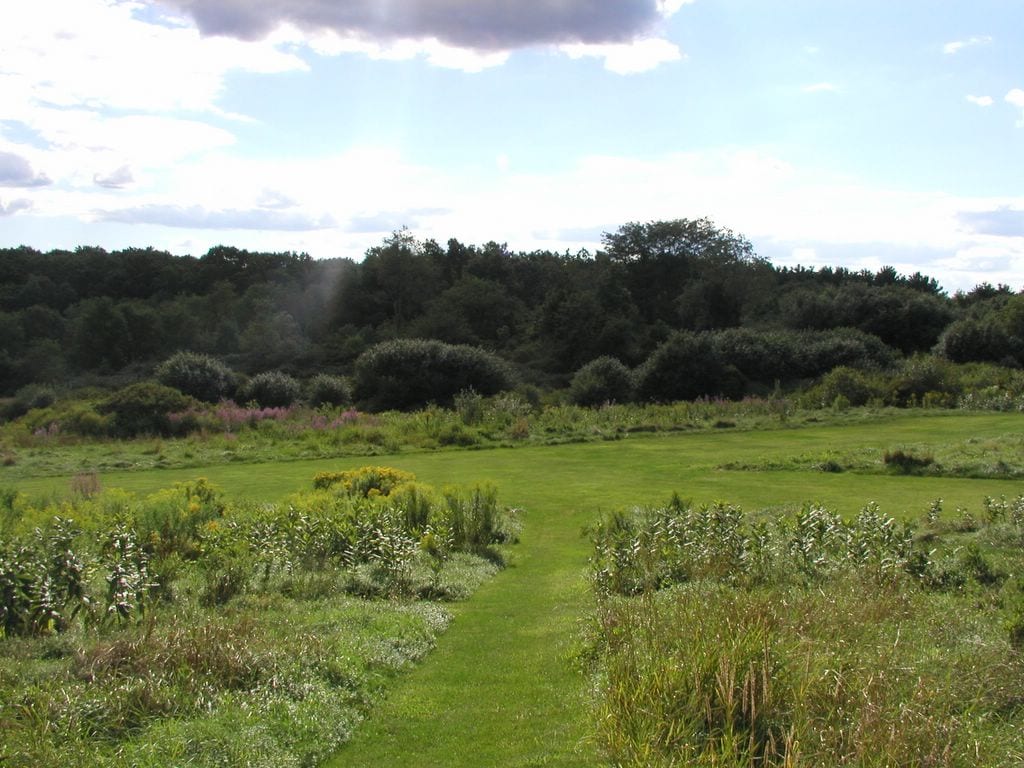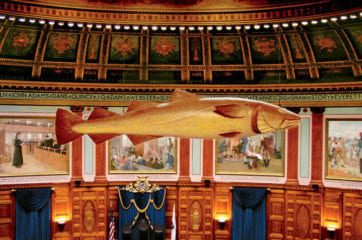On April 14th, the Energy, Environment and Open Spaces working group of the Boston 2014 transition committee issued a report containing a set of recommendations on “what the City of Boston can do– whether by itself or in partnership with others–to make Boston a national “green leader.”
A significant portion of the report is dedicated to the value of conserving open space. One of the report’s recommendations is to:
“Make the 2014 Open Space Plan a more specific, action-oriented document to drive future-looking parks and open space creation & restoration.”
 It appears that the 2014 Open Space Plan does not list Mary Cummings Park in its inventory of land trusts. Of the 250 acres included in the inventory, only 72 are classified as urban wilds. Adding Mary Cummings Park to this inventory would nearly quadruple this number.
It appears that the 2014 Open Space Plan does not list Mary Cummings Park in its inventory of land trusts. Of the 250 acres included in the inventory, only 72 are classified as urban wilds. Adding Mary Cummings Park to this inventory would nearly quadruple this number.
City Councilor Josh Zakim has recently requested a hearing to examine the condition and value of the Cummings Trust’s property, evaluate the City’s ability to successfully invoke the cy près doctrine and put the Cummings Trust to an alternative consistent use within the City of Boston. This hearing may be the first step in a renewed attempt by the City to break the Mary Cummings Park Trust and sell the property. The first time the City attempted to do this was in 2007.
It is hard to imagine that the City of Boston could credibly meet its goals to make Boston a national “green leader,” achieve carbon neutrality by 2050, and plant 100,000 trees by 2020 by selling the twelfth largest open space in the Greater Boston area to developers. The City of Boston should work with the Greeenovate Boston program to engage residents to find a use for the park that is consistent with Boston’s vision of being a national green
 Susan Labandibar
Susan Labandibar
President and Chief Mission Officer, Tech Networks of Boston



